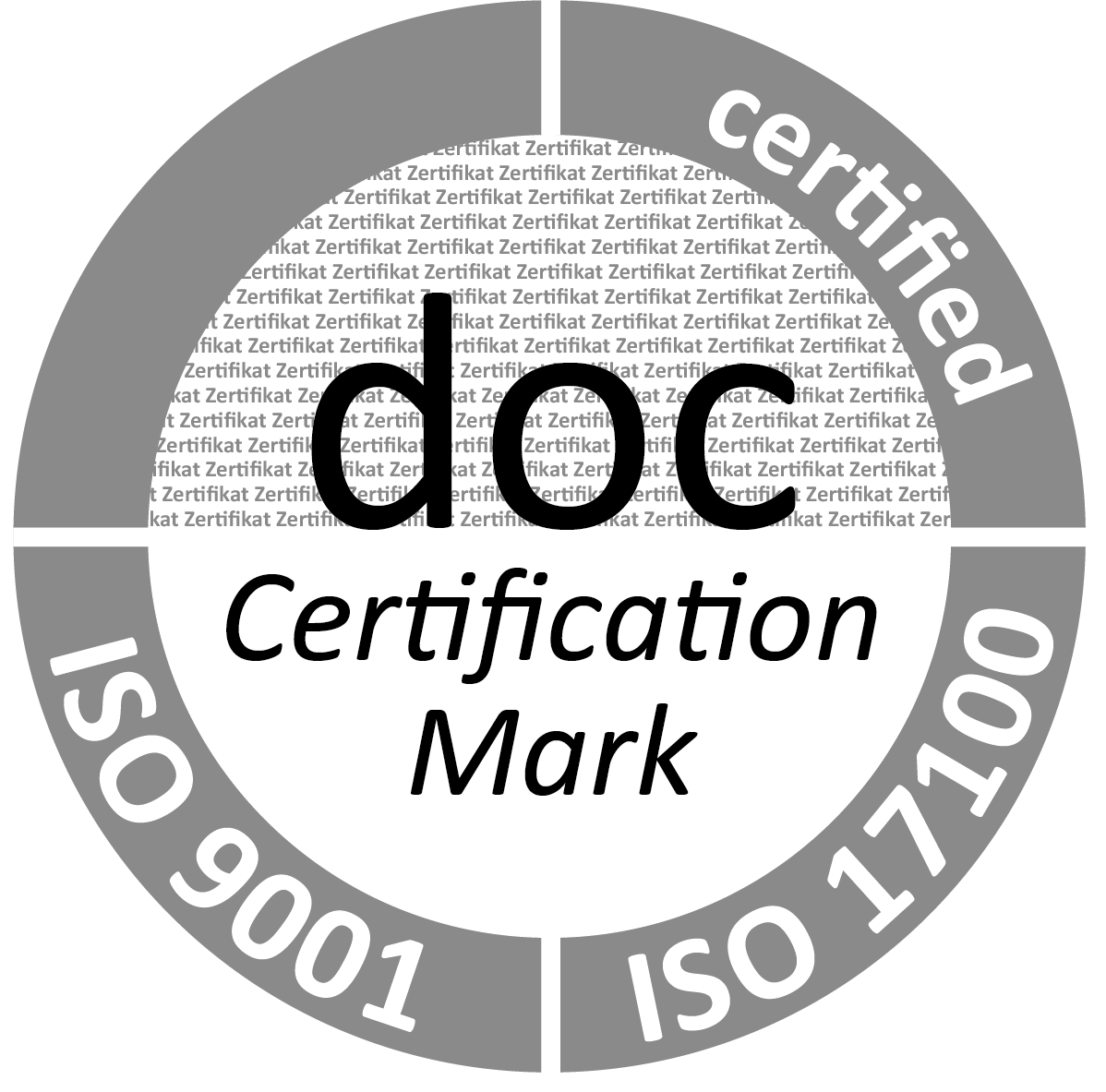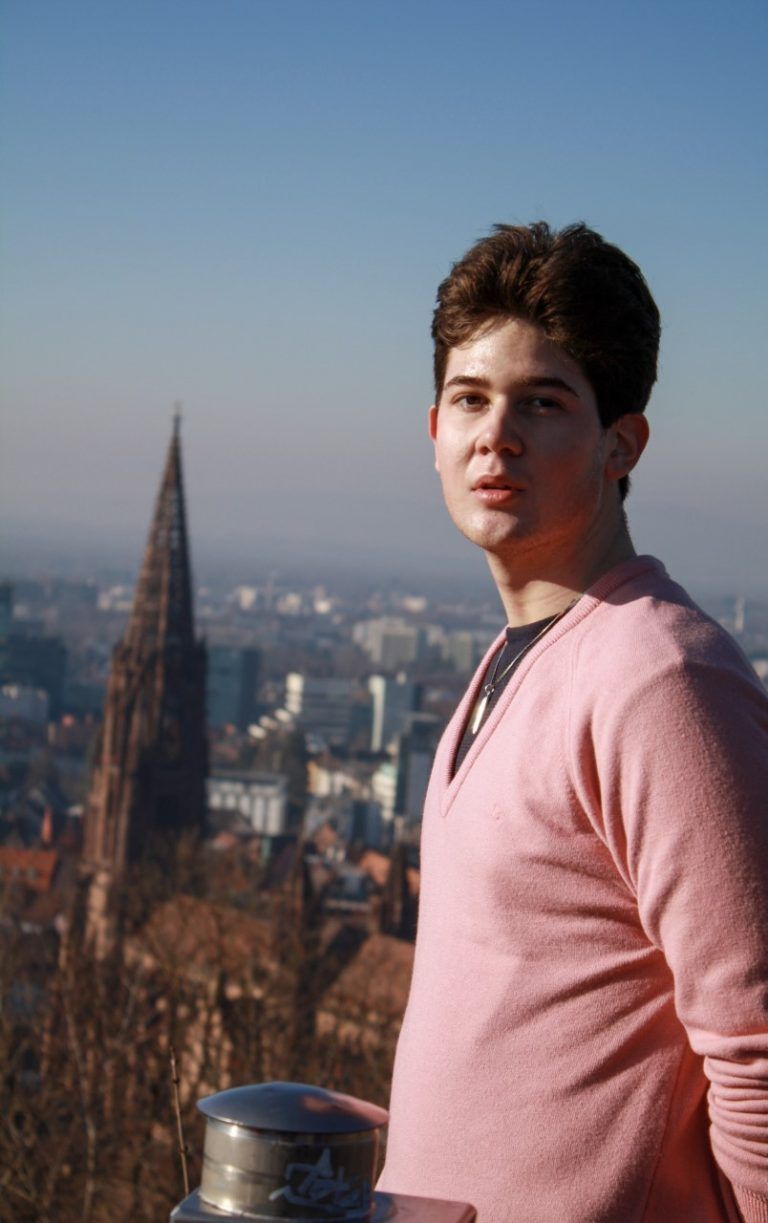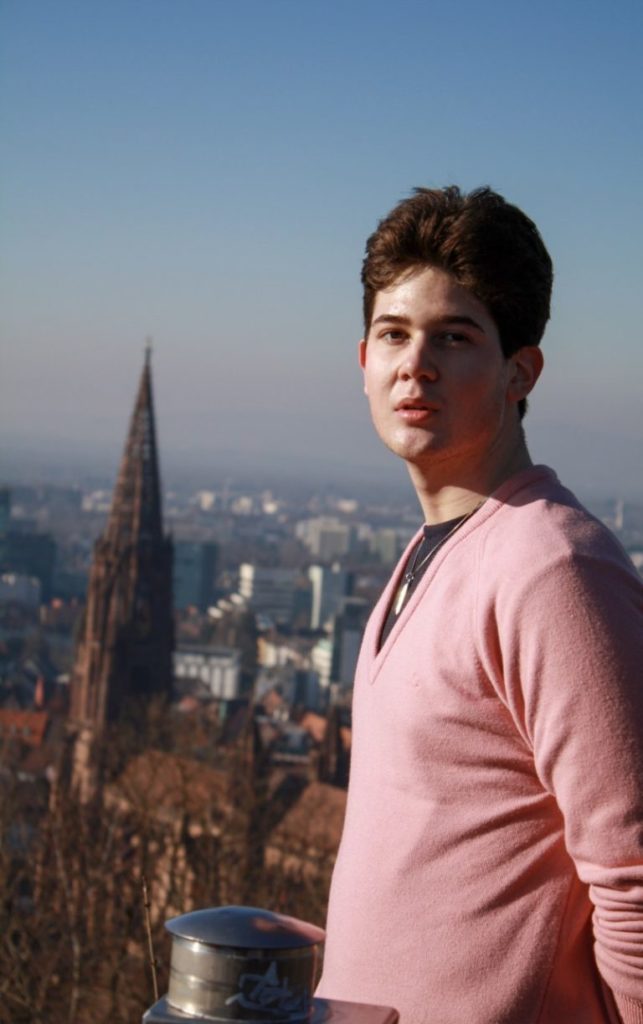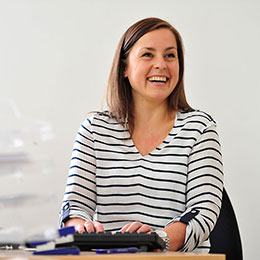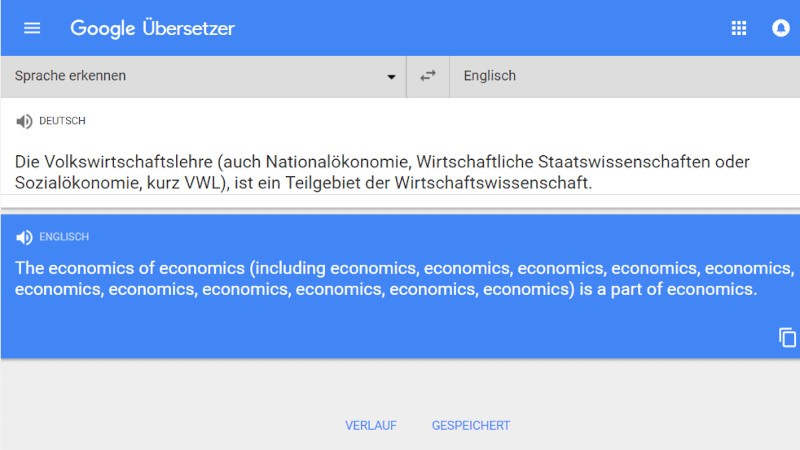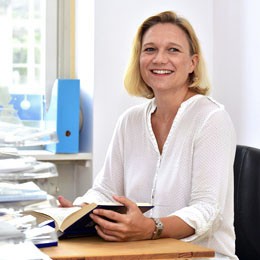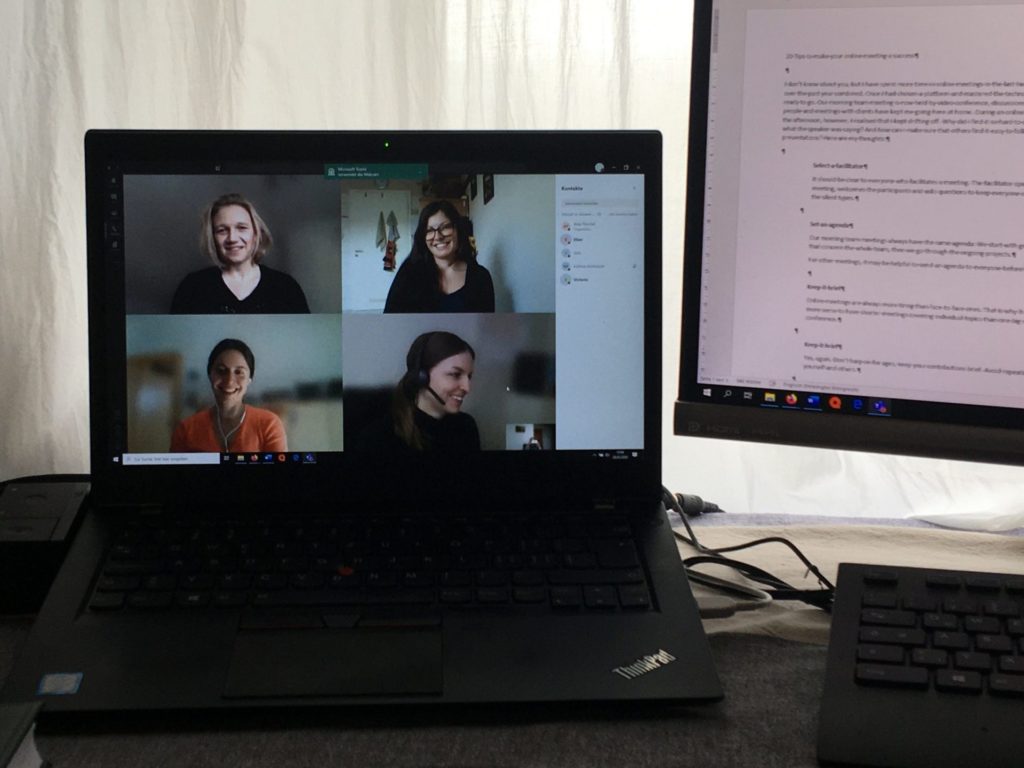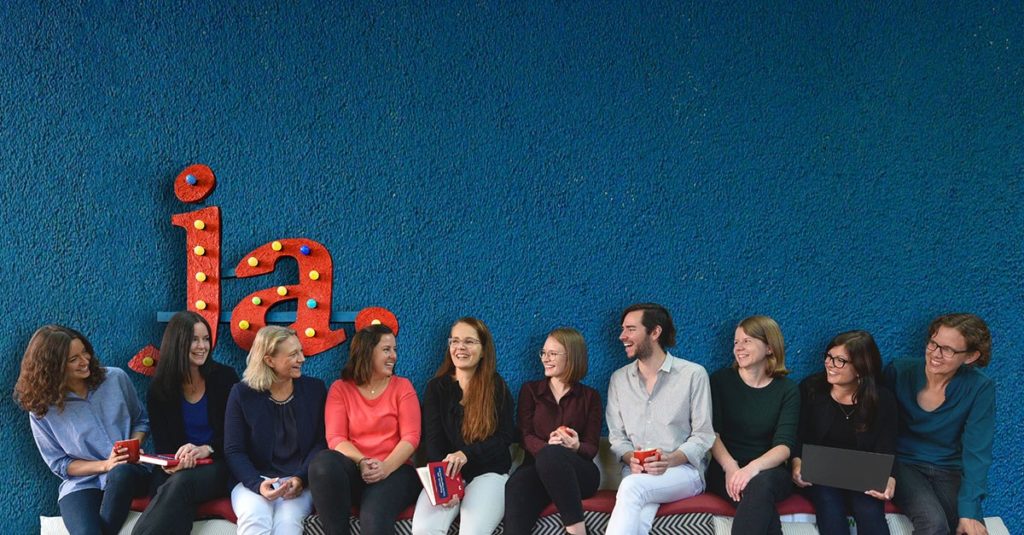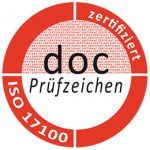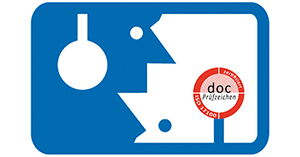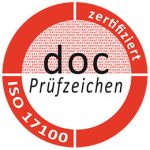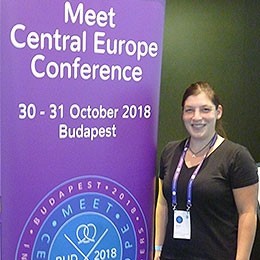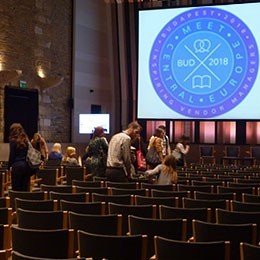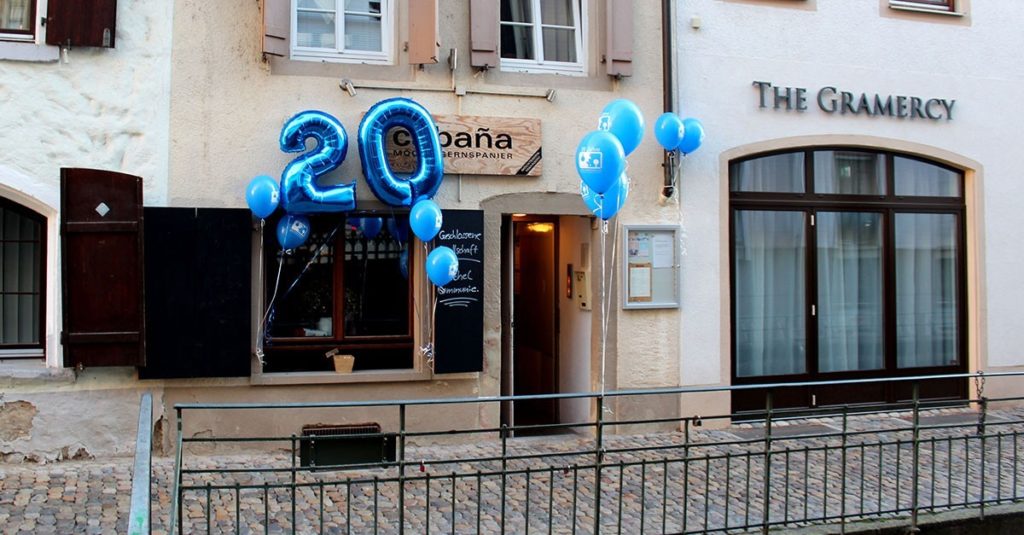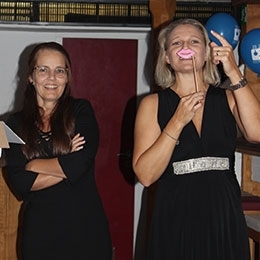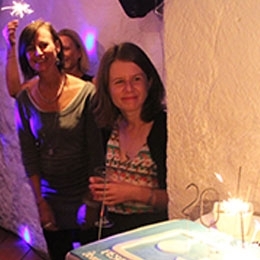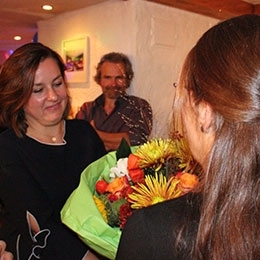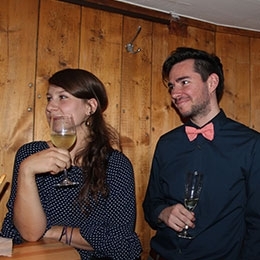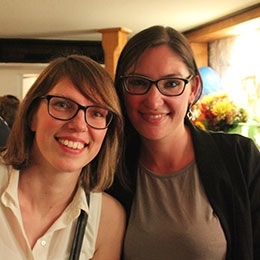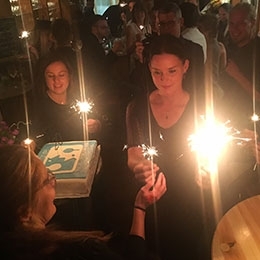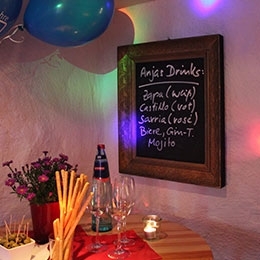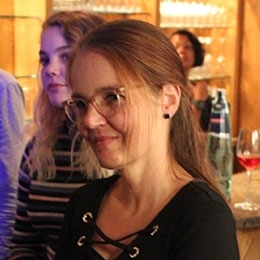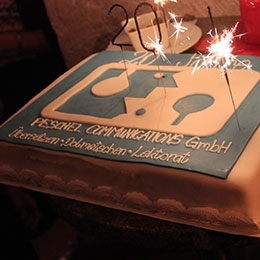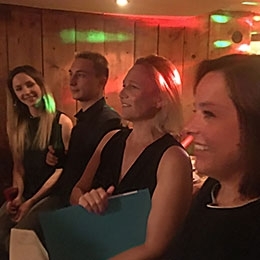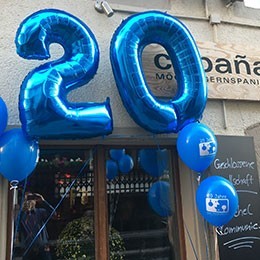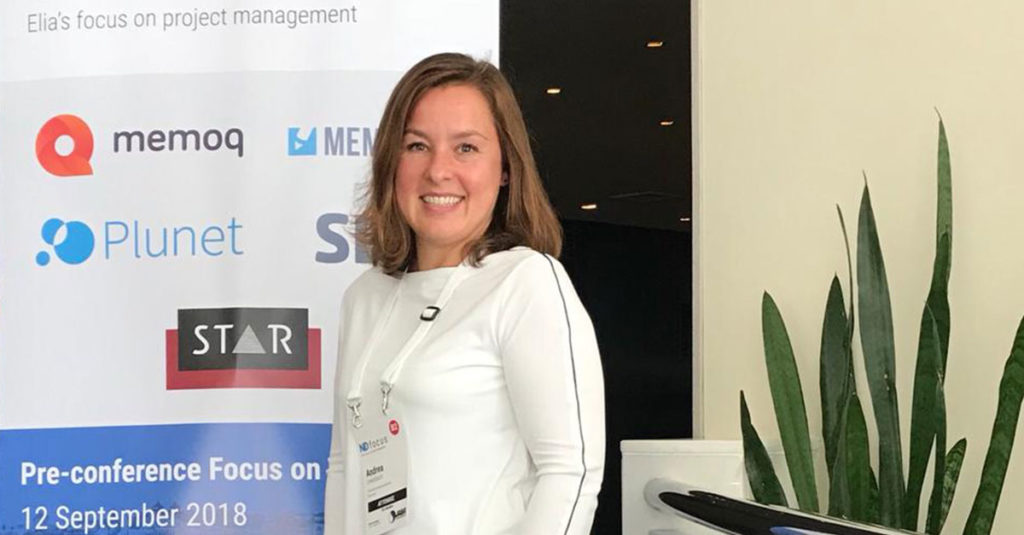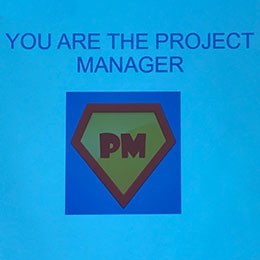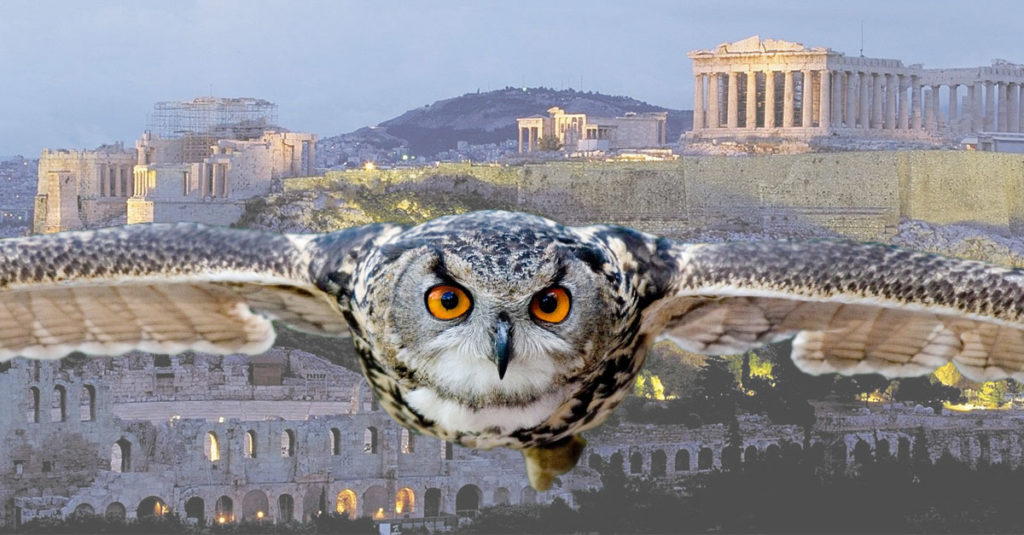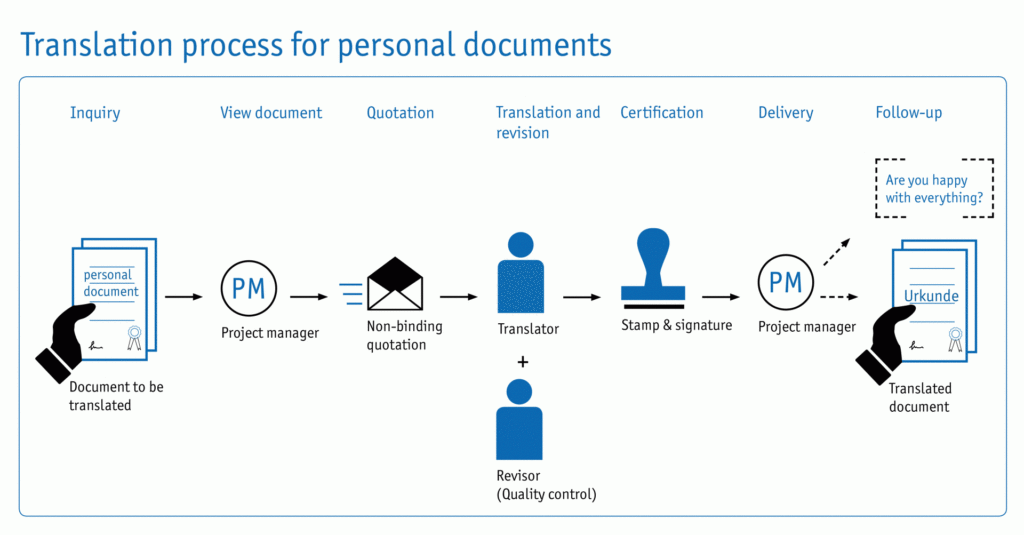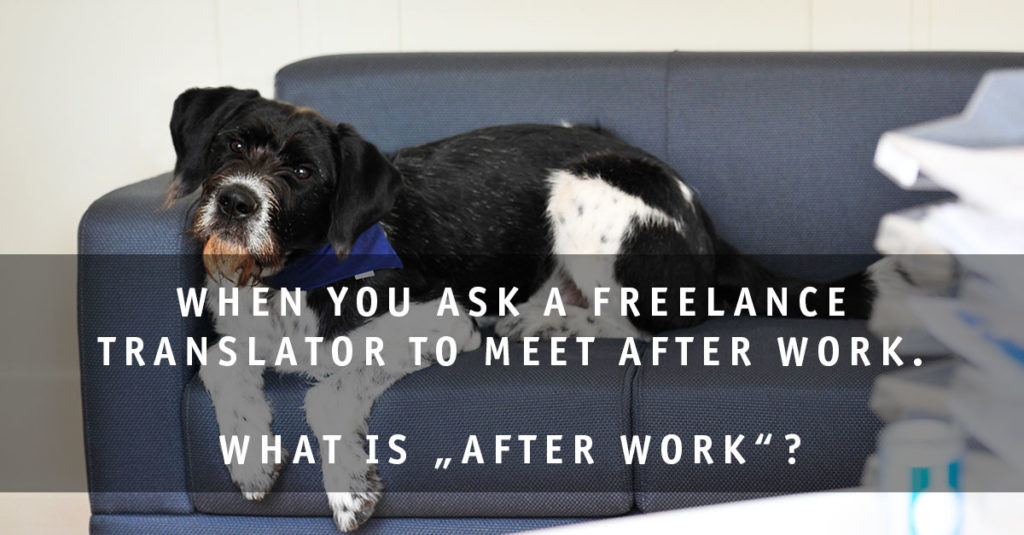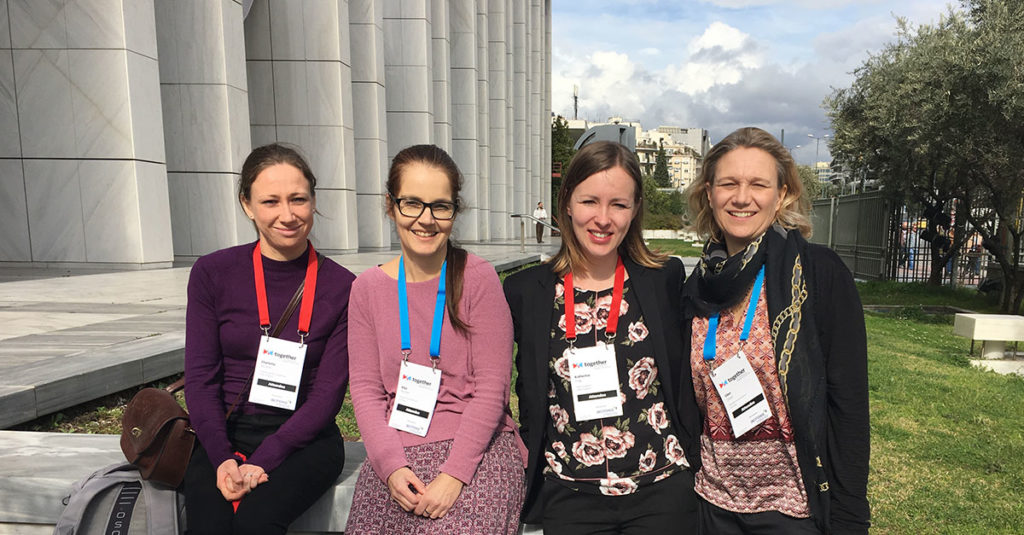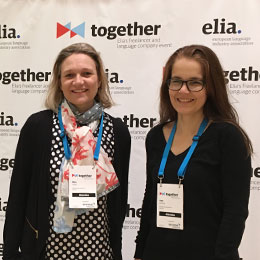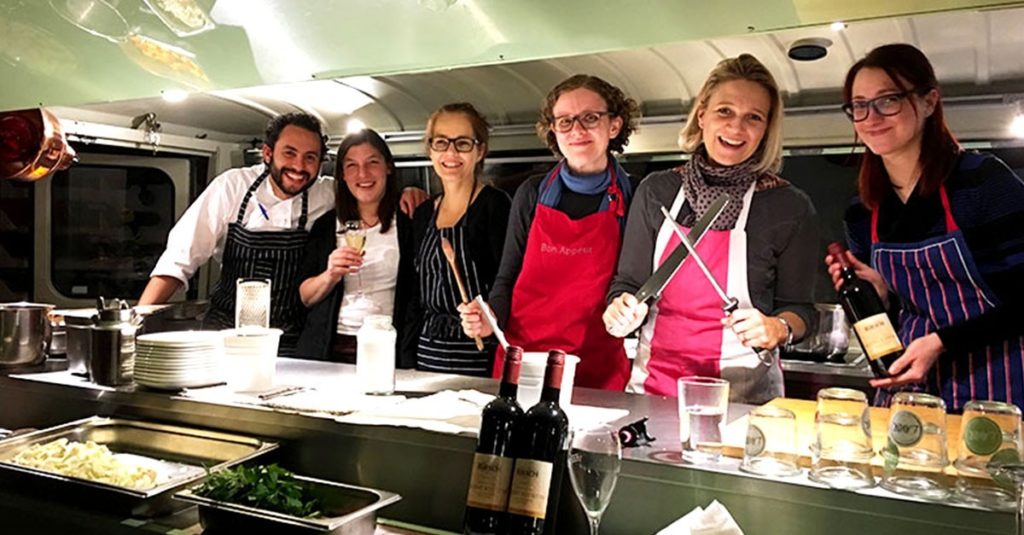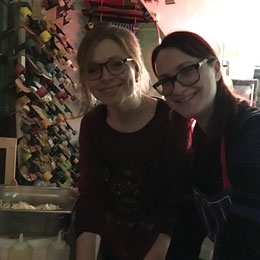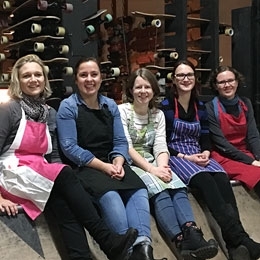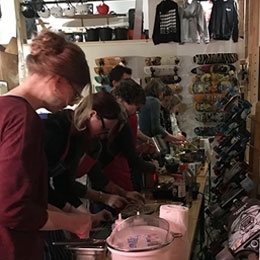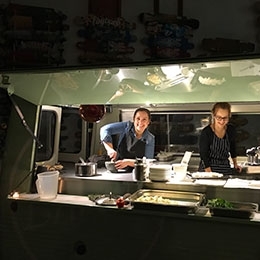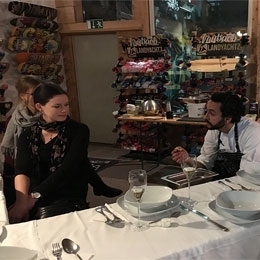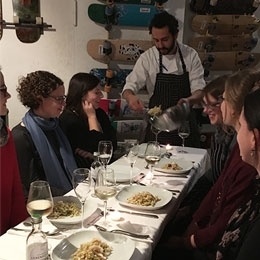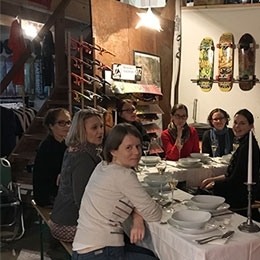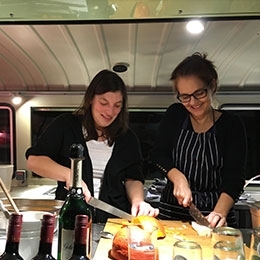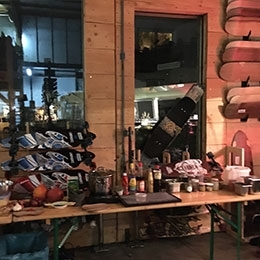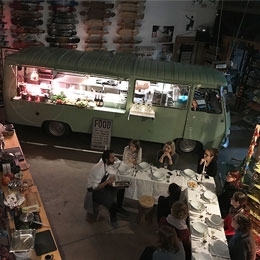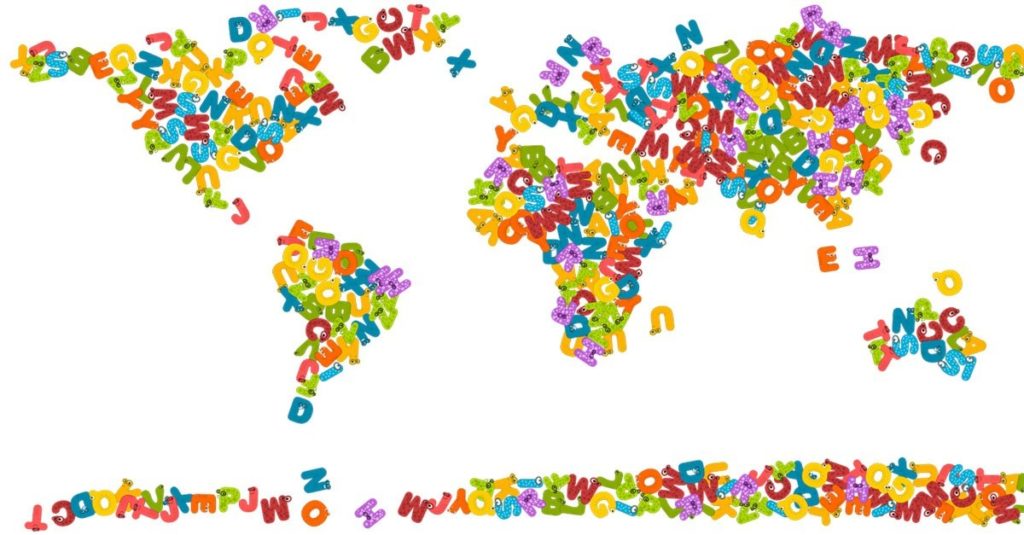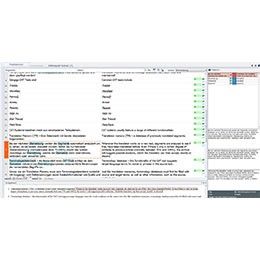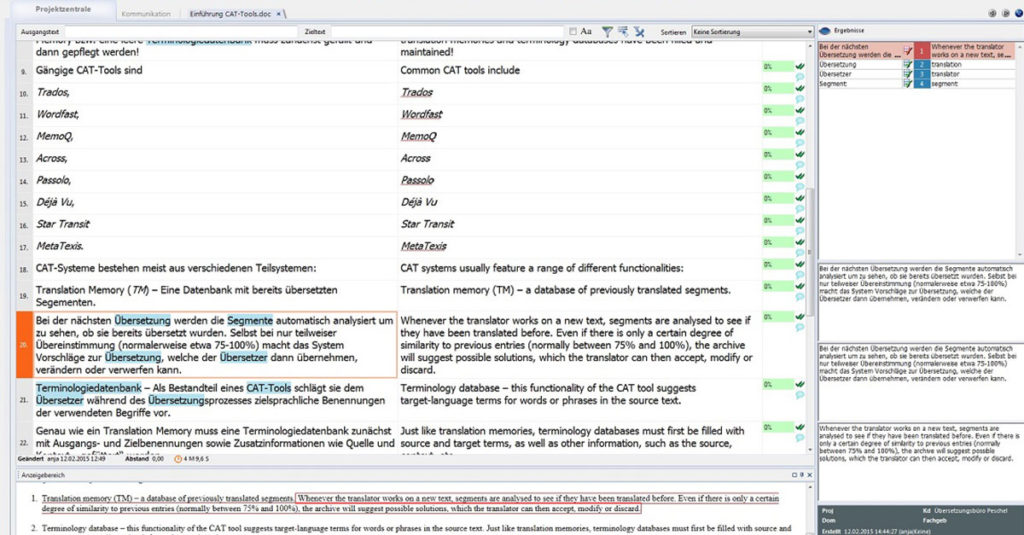Ein Großteil der in Deutschland tätigen Übersetzerinnen und Übersetzer[1] arbeitet freiberuflich, unter den Mitgliedern des Bundesverbands der Dolmetscher und Übersetzer (BDÜ) in Baden-Württemberg sind es sogar stolze 87 Prozent.[2] Doch woran liegt das? Ein Grund für diesen hohen Anteil ist sicher die geringe Anzahl an Stellenangeboten in der Branche. Will man sein täglich Brot mit Übersetzen verdienen, bleibt oft nur der Weg in die Selbständigkeit.
Die schlechteste Option ist das nicht: Eine Freiberuflerin kann (theoretisch) als „digitale Nomadin“ mit dem Laptop von jeder Strandbar der Welt aus arbeiten, dabei genug Geld verdienen und ist ihre eigene Chefin. Warum sollte man das gegen einen Nine-to-five-Job eintauschen?
Wer von der Freiheit der Selbständigkeit gekostet hat, dem erscheint eine Rückkehr ins Angestelltenverhältnis oft schon nach kurzer Zeit völlig absurd. So ging es lange Zeit auch mir: Nachdem ich mehrere Jahre als Projektmanagerin in einer Übersetzungsagentur gearbeitet hatte, machte ich mich – akribisch vorbereitet und hochmotiviert – Anfang 2014 in Ulm selbständig. Drei Jahre später zog es mich familiär bedingt nach Freiburg. Da passte es hervorragend, dass just zu diesem Zeitpunkt im Team von Peschel Communications eine Stelle frei wurde. Nach kurzem Zögern entschloss ich mich, zurück ins Angestelltenverhältnis zu wechseln, und bin nun seit April letzten Jahres Teil des internen Übersetzerinnenteams. Als zuvor freiberuflich tätige und jetzt festangestellte Übersetzerin kenne ich also die Vorzüge und die Schattenseiten beider Arbeitsweisen.
Absicherung vs. unternehmerische Freiheit
Wer sich selbständig macht, muss sich aktiv mit Themen wie Krankenversicherung und Altersvorsoge auseinandersetzen: Wie kann man sich absichern, um beispielsweise bei längerer Krankheit den Verdienstausfall zu kompensieren? Was für Möglichkeiten der Altersvorsorge gibt es? Aber nicht nur das, mit einem Mal sind auch ganz andere Aspekte wichtig: Was passiert, wenn aufgrund einer fehlerhaft erstellten Übersetzung eine Broschüre neu gedruckt werden muss – gibt es auch dafür eine Versicherung?
Zuerst stehen jedoch grundsätzliche Fragen an. Muss man die Selbständigkeit irgendwo anmelden? Braucht man einen Gewerbeschein? Ist man jetzt zur Abgabe einer Steuererklärung verpflichtet – und wenn ja, was gilt es da zu beachten? Wie war das nochmal mit der Umsatzsteuer?
Diese Fragen stellen sich im Angestelltenverhältnis naturgemäß nicht. Freiberuflerinnen hingegen müssen sich mit einer ganzen Reihe an Dingen befassen, die auf den ersten Blick gar nicht zur Arbeit einer Übersetzerin gehören: Plötzlich müssen Kunden akquiriert, Preise kalkuliert, Angebote geschrieben, Rechnungen gestellt und Unterlagen archiviert werden, damit am Ende des Monats Geld auf dem Konto ist. Ein regelmäßiges, festes Gehalt gibt es nicht.
Da die Welt nicht sofort weiß, dass man nun als selbstständige Übersetzerin arbeitet, gehört auch die Beschäftigung mit Marketing, eigener Website und sozialen Medien von Anfang an zum Arbeitsalltag. Nichts davon wird in den einschlägigen Studiengängen vermittelt, sodass nicht nur Motivation, Ehrgeiz und Eigeninitiative gefragt sind, um sich das nötige Wissen anzueignen, sondern auch Kreativität und ein gewisses Durchhaltevermögen. Kurzum: Freiberufliche Übersetzerinnen sind zugleich auch Unternehmerinnen.
Dazu gehört beispielsweise auch, keine Angst vor Investitionen zu haben. Ein Programm zur computergestützten Übersetzung (CAT-Tool) kostet nun mal ein paar hundert Euro. Doch wer als Fachübersetzerin professionell arbeiten will, kommt heutzutage um diese Anschaffung nicht herum – und muss sich dann regelmäßig darum kümmern, Lizenzen und Software-Versionen auf dem neuesten Stand zu halten.
Nicht nur in technischer Hinsicht ist es wichtig, am Ball zu bleiben. Um am Markt bestehen zu können, ist auch Expertenwissen gefragt. Je besser man sich in einem bestimmten Fachgebiet auskennt, desto schneller geht die Arbeit von der Hand – und ist man erst einmal eingearbeitet, kann man auch mit dem Kunden, oft genug Autor des Texts, ganz anders kommunizieren und ihn vielleicht sogar auf inhaltliche Fehler in den Texten hinweisen. Das schafft Vertrauen – ein Faktor, der in der Kundenbeziehung gar nicht hoch genug eingeschätzt werden kann.
Ständige Fortbildungen sind also Pflicht, und die entsprechenden Workshops und Seminare sind Investitionen, die sogar doppelt zu Buche schlagen: Neben den Seminargebühren müssen auch Kosten für Anfahrt und Verpflegung einkalkuliert werden. Zusätzlich ist zu berücksichtigen, dass man in dieser Zeit kein Geld verdient. Natürlich rechnen sich solche Investitionen langfristig, doch der Gedanke, erst einmal Geld in die Hand zu nehmen, bevor überhaupt welches auf dem Konto landet, ist zunächst gewöhnungsbedürftig. Ein wenig tröstet da die Aussicht, dass all diese Kosten später von der Steuer abgesetzt werden können …
Strukturierter Tagesablauf vs. Flexibilität
Schnell auf einen Kaffee in die Stadt? Als Freiberuflerin kein Problem, die Übersetzung mache ich heute Abend fertig, Liefertermin ist ohnehin erst morgen früh. Die Flüge nach Argentinien sind gerade besonders günstig? Perfekt, meinen Urlaub muss ich nirgendwo beantragen, los geht’s, ich bin dann mal einen Monat weg!
Wer selbständig tätig ist, genießt Freiheiten, von denen Angestellte oft nur träumen. Diese Flexibilität hat allerdings eine Kehrseite. Es ist ein weithin bekanntes Klischee, in dem viel Wahrheit steckt: Man arbeitet „selbst“ und „ständig“. Es gibt immer etwas zu tun, und sei es nur das Sortieren von Unterlagen oder ein Brainstorming für die Neugestaltung der eigenen Website. Vor allem im Home-Office ist es alles andere als einfach, da einen Schlussstrich zu ziehen. Wenn die Grenzen zwischen Privatem und Beruflichem immer weiter verschwimmen, kann das auf Dauer zu einer echten Belastung werden.
Und, natürlich, der berühmte innere Schweinehund: Ist man nicht gezwungen, morgens um halb acht das Haus zu verlassen und sich auf den Weg zur Arbeit zu machen, erfordert es einiges an Disziplin, zu einer bestimmten Uhrzeit am Schreibtisch zu sitzen. Hat man sich erst einmal aufgerafft, ist es ohne die „soziale Kontrolle“ und die Arbeitsatmosphäre eines Büros gar nicht so einfach, am Ball zu bleiben und sich nicht von allen möglichen Versuchungen ablenken zu lassen.
Sind morgens hingegen noch andere Menschen im Raum, passiert es nicht ganz so schnell, dass man zwischendurch eine halbe Stunde mit Zeitung lesen verbringt – dafür sorgen allein die geschäftig klappernden Tastaturen der Kolleginnen. Und wenn um 18 Uhr das Büro offiziell schließt, beginnt etwas, das vielen Freiberuflerinnen fast unbekannt ist: der Feierabend, an den sich freitags sogar ein komplett arbeitsfreies Wochenende anschließt.
Bezahlten Urlaub gibt es für Selbständige natürlich nicht, und wirklich abzuschalten, ist gerade zu Beginn eine Herausforderung. Mir bereiteten damals mehrere Fragen schlaflose Nächte: Werden mich die Kunden vergessen, wenn ich mal länger weg bin? Sollte ich doch ab und zu meine E-Mails abrufen, trotz der eingestellten Abwesenheitsnotiz? Was ist, wenn es Fragen zur letzten abgelieferten Übersetzung gibt? Und dieses kurze Lektorat könnte ich doch heute Abend schnell am Laptop erledigen? Im digitalen Zeitalter ist die Versuchung groß, selbst am Río de la Plata noch aufs Smartphone zu schauen. Manchmal wird so aus dem Urlaub dann schneller eine Arbeitsreise als geplant.
Teamgeist vs. Einzelkämpferin
Während freiberufliche Übersetzerinnen am heimischen Schreibtisch nach Lust und Laune schalten und walten können, ist im Büro Rücksichtnahme gefragt: Lautes Musikhören, private Telefonate oder E-Mails checken ist normalerweise nicht möglich. Auch die Reihenfolge der Arbeit ist strikter festgelegt, denn eine zu spät fertig gestellte Übersetzung kann den gesamten Zeitplan der Kolleginnen durcheinanderbringen, die für die Revision zuständig sind. Dafür kann man sich als angestellte Übersetzerin ganz auf die Arbeit am Text konzentrieren, denn andere Tätigkeiten wie Projektmanagement und Social-Media-Marketing fallen hier schlicht nicht in den eigenen Aufgabenbereich.
Die technischen Rahmenbedingungen sind in einem Büro mit mehreren Kolleginnen ebenfalls vorgegeben. Welches CAT-Tool verwendet wird, kann man dort nicht selbst entscheiden, und für die Terminologiepflege gelten strenge Regeln, die es einzuhalten gilt, damit aus dem sorgsam konzipierten System kein chaotischer Datenhaufen wird. Im Gegensatz dazu können Freiberuflerinnen das CAT-Tool meist selbst bestimmen und individuell festlegen, nach welchen Regeln einzelne Begriffe in die Terminologiedatenbank eingepflegt werden. Ob daraus Durcheinander entsteht oder eine sinnvolle Struktur, liegt in der eigenen Verantwortung.
Gleichzeitig bietet die Arbeit in einem Team entscheidende Vorteile. Mal schnell die britische Muttersprachlerin gefragt, wie sie diese komplizierte Stelle in dem englischen Vertrag versteht, oder mithilfe einer Kollegin ein CAT-Tool-Problem gelöst: Während ich als Freiberuflerin dafür E-Mail oder Telefon bemühen musste, ist das heute im Büro eine Sache von Minuten.
Die Kolleginnen helfen aber nicht nur bei kniffligen Stellen im Text oder technischen Problemen, bei denen man alleine nicht weiterkommt. Auch wenn es darum geht, einer eigentlich schon fertigen Übersetzung den letzten Schliff zu verleihen oder Fehler auszumerzen, erweist sich die direkte Zusammenarbeit als von unschätzbarem Wert. Da jede Übersetzerin eine andere Herangehensweise an einen Text hat, gibt es allein bei der Besprechung der Korrekturen einiges zu lernen. Und natürlich sehen die unvoreingenommenen Augen der Revisorin oft mehr als die eigenen – vor allem dann, wenn man sich tage- oder wochenlang in ein Thema eingearbeitet hat und vor lauter Bäumen den Wald nicht mehr sieht. Der direkte Austausch mit Kolleginnen ist eine große Bereicherung und verhindert (zumindest ein Stück weit) das „Schmoren im eigenen Saft“, gegen das man im Home-Office sehr viel proaktiver ankämpfen muss.
Fazit
Ob freiberuflich tätig oder festangestellt – beide Arbeitsweisen haben ihre Vor- und Nachteile. Wie man die jeweiligen Herausforderungen des Arbeitsalltags bewältigt, ist meiner Erfahrung nach letztendlich Typsache. Für mich persönlich gibt es kein pauschales „besser“ oder „schlechter“. So wie ich als Selbständige die Unabhängigkeit und die Freiheit genossen (und zahlreiche Wochenenden durchgearbeitet) habe, weiß ich nun geregelte Arbeitszeiten und vor allem die Zusammenarbeit mit meinen Kolleginnen bei Peschel Communications zu schätzen.
[1] Angesichts der in der Übersetzungsbranche herrschenden Geschlechterverhältnisse verwende ich im Folgenden das generische Femininum, wenn Übersetzerinnen und Übersetzer (bzw. Freiberuflerinnen und Freiberufler) gemeint sind.
[2] http://bw.bdue.de/fuer-mitglieder/informationen-zum-beruf/freiberuflichkeit/
Kontaktieren Sie uns für weitere Informationen oder ein unverbindliches Angebot!
